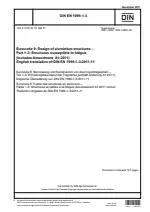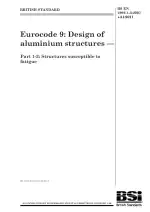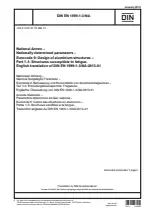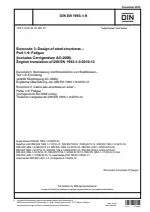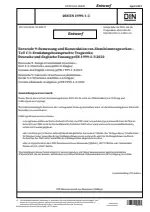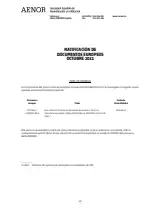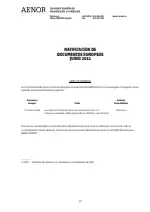Eurocode 9: Design of aluminium structures - Part 1-3: Structures susceptible to fatigue
Also Known As:
The Eurocode 9, specifically Part 1-3, focuses on providing guidelines for the design of aluminium structures that are susceptible to fatigue. The standard aims to prevent fracture caused by repetitive loading or stress cycling. By outlining design rules, it ensures the structural integrity and safety of aluminium structures.
The standard takes into account various factors such as material properties, loading conditions, and detailing requirements. It provides guidance on designing connections, joints, and members to ensure endurance against fatigue. These guidelines help engineers to appropriately select materials, consider stress concentrations, and calculate the fatigue life of aluminium structures.
Adhering to the Eurocode 9, Part 1-3 guarantees that fatigue-induced fractures are prevented during the design and construction of aluminium structures. This ensures the long-term durability and performance of such structures, making them reliable and safe for their intended use.
| Descriptors | Accident prevention, Aluminium, Aluminium alloys, Aluminium construction, Buildings, Construction, Continuity tests, Controlling, Defects tolerances, Definitions, Design, Dimensioning, Eurocode, Fatigue, Fatigue analysis, Fatigue behaviour, Fatigue of materials, Fatigue strength, Life (durability), Mathematical calculations, Mechanical properties, Safety requirements, Strength of materials, Stress, Structures, Testing, Thermodynamic properties, Vibration, Voltage, Fatigue tests, Trusses |
| ICS Codes | 91.010.30 - Technical aspects 91.080.17 - Aluminium structures |
| Language(s) | English |
| File Size | 788.5 KB |

